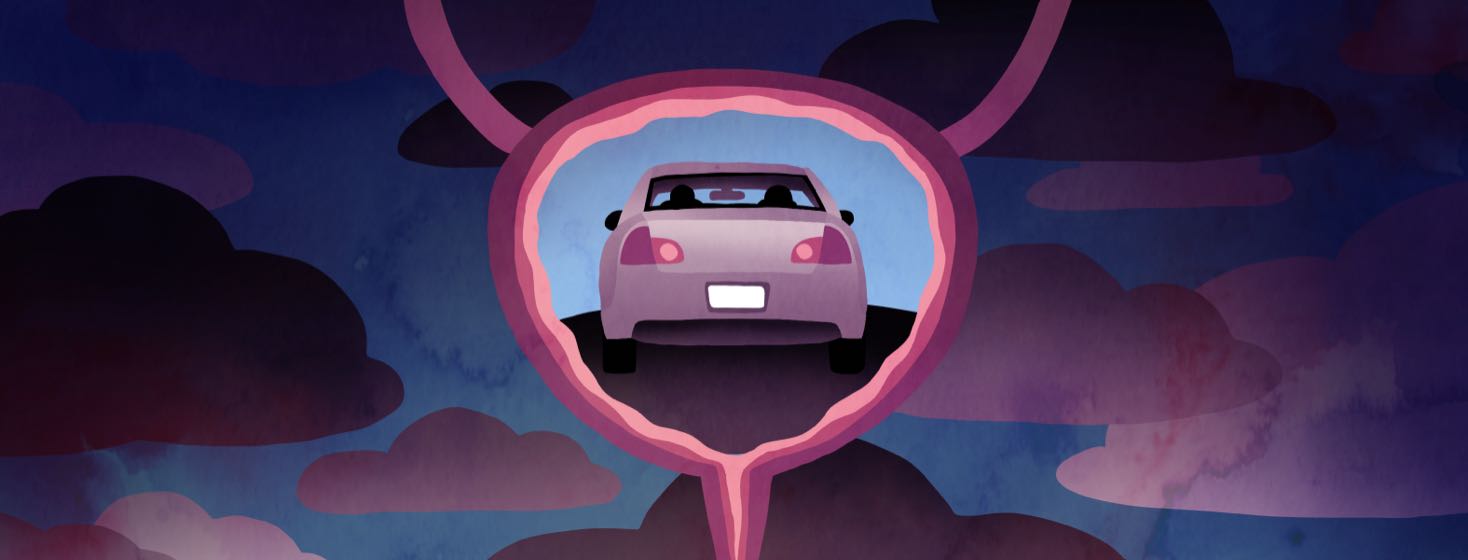Fallout From a Failed Chemo Instillation
The ride home from Mom's first chemo instillation was heavy. We had done everything within our power to prepare her for this day, but it felt like a failure of sorts. Mom used to say she was "a wimp when it comes to pain," but I disagreed.
I knew how tough she was because of how she had always taken the metaphorical and physical punches life dealt her. Yet, I also knew how quick she was to be hard on herself. She saw her bladder's painful reaction to the chemo as a personal failure.
The emotional, nearly frantic, and teary-eyed woman I drove home was not my normal Mom.
Attempting conversation
Knowing that she was likely beating herself up quietly, I tried to breach the internal war. "I'm so proud of you, Mom. I can't imagine how you must be feeling."
"Son," she said through tears that deceived her, "What if I messed this up?"
"What do you mean?" I prodded.
"What if I messed up by not holding it in long enough? And then they took the second medicine away from me. I need it to get better!" Her tears fell fast as anvils on her blouse and lap, though her voice was unyielding.
"Mom, don't think like that. It's not helping you or us," I begged. "What if this becomes a good thing? Some of the healing you have experienced before was a mistake, remember?"
I referred to her accidental self-overdose of an anti-rejection medication a decade prior. She mistakenly poisoned herself by overdosing for weeks, with the result of putting her rare and formerly incurable pure red-cell aplasia into remission.
"I don't know, Son. I just don't know..."
Realizing there were cracks on the floor
I was admittedly frustrated that I could not speak with her care team in person. She sometimes left her appointments with paperwork, but it never had a good, direct phone number with someone intimately familiar with her case. At worst, it was a run-around.
This was not what we expected from Stanford University. However, we had been working primarily with their Valley Care hospital in Pleasanton, a satellite affiliate and not officially a Stanford clinic. The level of care she received made that very obvious.
I gathered my thoughts, shut off my emotions, and tried to understand what was happening.
"So, what did the doctor say to you?"
"There is no doctor! I haven't seen a doctor!"
"Wait, what about Dr. Thong?"
"He's my urology surgeon; I don't think he's the one ordering the chemo," she said. "I keep telling them I need to see my doctor, and they just say I can't because of Covid." I could see her frustration coursing through her body. "They just keep saying they'll report to the doctor, but I don't know if they even talk to a doctor about me!"
That statement jarred me to my core. I knew something was wrong with the way she said it and the truth I had heard. However, what could we do? We weren't allowed access to her doctors unless we had an appointment, and those were hard to come by. Her cancer treatments and supporting activities took all our time and attention. We had to believe we were being led to do the right thing.
A change of plans
Once home, we got Mom settled in, as we were accustomed to after BCG instillations. We didn't know exactly how the chemo would make her feel.
The next day, we took her to draw labs at the request of the care team.
After a few days, they called and said she had some sort of reaction that may be an infection, so they canceled the next treatment session. They said we would start the following week again. We would add a 7th session at the end of the 6th to make up for the half-instillation and lost week.
Mom was frightened at the prospect of having to withstand this discomfort longer, but she said she would do it.
A disturbing side-effect
Mom's biggest complaint was the burning and urgency she felt after chemo. These were not new symptoms, just more aggressive than before. I think she handed it all magnificently.
After a few days, Mom began losing bits of tissue from inside her bladder. She would be using the restroom and feel clogged up. After applying hand pressure to her lower abdomen, she would hear and feel a rush, and urine would flow again.
She showed me the tissue a few of those times. They looked like black, burnt clots, usually about an inch or so in length and various widths. I tried to convince us that this was good, that her body was rejecting bad, cancerous tissue. It gave us a little hope.
Little did we know that hope would quickly disappear.

Join the conversation